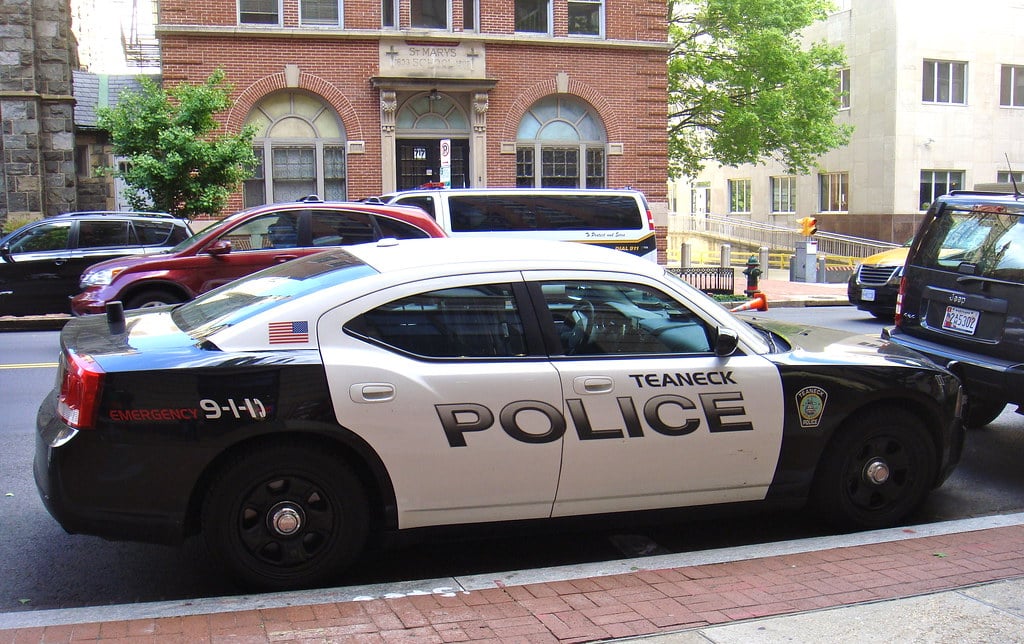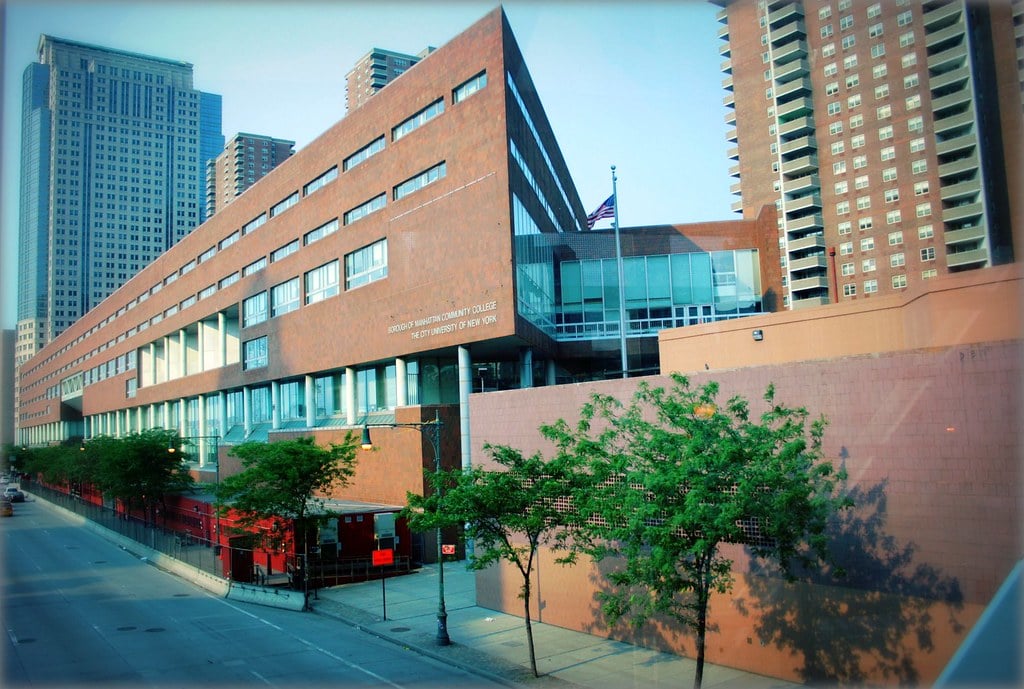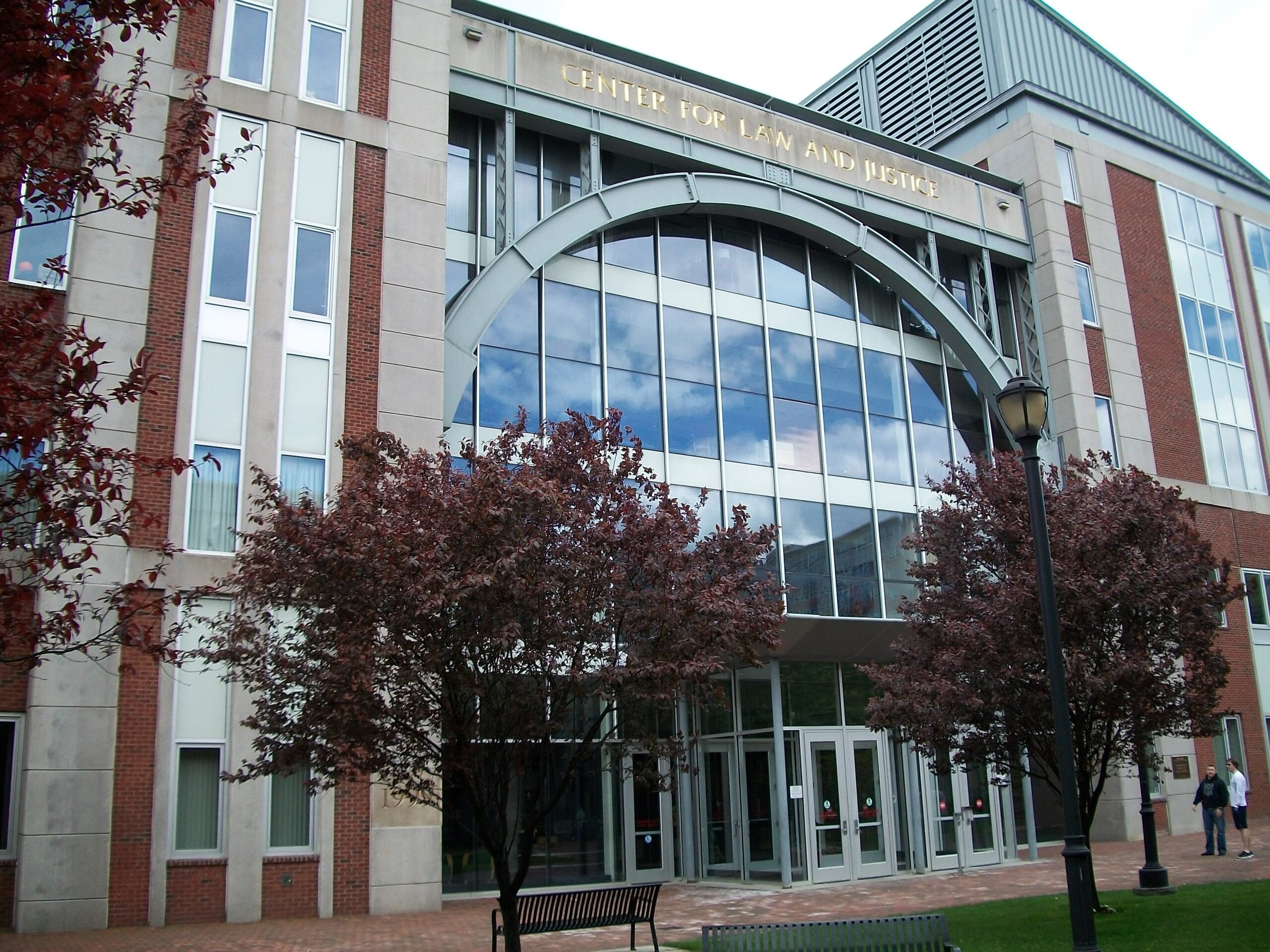
Part 2
(Continued from last week)
I mentioned my uncle Issy earlier. Although he was not directly related to us, as the brother of two of my uncles, he was always considered part of the family. Before Kristallnacht he had had, for a long time, a decorating and upholstery business in Frankfurt. After Kristallnacht, although I do not know whether the authorities closed his business, nobody had any money anymore for decorating or upholstery. Nobody thought about fixing anything; everyone’s thoughts were only occupied with emigration.
Remember this was 1940. WWII had started in 1939 and British Bombers were flying over Frankfurt to bomb the industrial areas south of the city. (We had to go to the basement 82 times during the year due to air raid sirens.) As a result, there was a total blackout in the city, and if you wanted to put on any light in a room you had to have a black-out curtain from floor to ceiling. These “curtains” consisted of black paper cut to size and rolled up with rope.
That gave uncle Issy a new business. He became the “city expert” for black-out curtains, busy from morning till night installing them in Jewish apartments. (Gentiles were not permitted to work for Jews, and Jews were not permitted to work for Gentiles.) There came a time when he could not handle all the demands and he asked me to help him. So, this became my first job, and uncle Issy was my first employer. I was all of 12-13 years old. Initially I cut paper and rope for him, but as business increased, he had me make installations by myself after he had set up everything. I know I was paid by him, but I do not remember how much for each window, maybe 10 Pfennig.
Now 80 years later I am still working, although right now I am on LOA due to COVID-19. I retired from my profession 35 years ago and currently I am still working as a volunteer for Englewood Health Medical Center. I have been there for the past 27 years and have over 31,000 hours of volunteering. So, I have been working for 80 years now, and I have no plans to stop, although when I do work, it is only 2 or 3 days a week.
I recently came across an internal memo issued by me (with tongue in cheek) at Phillip Brothers Inc. on June 21,1974, addressed to the personnel manager. The date was the birth of my first grandchild, Ari David Perl, and I wanted to make sure that 18 years later he would be able to get a summer job at PBI. It turns out he wasn’t interested in commerce but went for the rabbinate. He is now Rabbi Ari David Perl, the oldest of my eight grandchildren and father of five of my 28 great-grandchildren. I meant well—just in case!!
A number of years back, maybe in the 1960s, a co-worker of mine at the American Committee for Shaare Zedek Hospital in Jerusalem, had to attend a function at YU over a weekend and therefore stayed in Washington Heights. Friday night he decided to attend shul at Congregation K’hal Adath Jeshurun, also known as “Breuers.” When he saw me the following week, he expressed amazement at how hard the chazan had to work. My friend Robert Frankel was the chazan at the time. He had never experienced the chazan saying L’chu N’ranano out loud all the way to L’cho Daudi, alternating the P’sukim with the congregation. Then after singing L’cho Daudi, he also sang Zadik Katomor.
To me that was nothing special since I had lived in Washington Heights for many years. I had to relearn my davening when I moved to Englewood and had to get used to the more common (in the U.S.) way of the chazan only saying the first and last P’sukim of each paragraph.
The topic that first gave me the idea of writing about some of my memories was in an article I read in “Pesach 5780 Torah To-Go.” The article, “Dressing Like a Jew in Public,” was written by Rabbi Etan Schnall, Maggid Shiur, Stone Beit Medrasch Program at YU. I thought it was a well-written summary of wearing or not wearing the yarmulke, but mostly skipped over the custom of mostly not wearing a yarmulke in Western European countries except when eating, davening or learning Hebrew subjects.
I was born in Germany and followed the minhag there of not wearing a kippah or yarmulke, neither at home nor in public except when davening, eating or learning Hebrew subjects. It was not only my family’s custom; everyone, or almost everyone, had that minhag. The only exceptions that I remember were the families who had emigrated from Eastern Europe to Germany. This Minhag included Jewish teachers as well as rabbis.
I did not know any different when I came to the U.S. in 1941 with my family. I continued not to wear a kippah except as stated above, although it was not obvious since during those early years, most men, Jewish and non-Jewish, wore hats or caps of some sort or another.
It was not until 1950 that my minhag ended abruptly. I was engaged to my first wife, Trude, who was born in Providence, Rhode Island, where at the time her family still lived. I was going to Providence for the first time in order to be introduced to the rest of her family. Her family came from Galicia, and the family and many others were rescued and brought to Providence by the Hassenfeld Brothers, owners of Hasbro Toys. My wife told me that her father always wears a kippah, as it has been his custom and he certainly would appreciate it if his future son-in-law would do likewise. Going to Providence I wore a kippah, and I never took it off thereafter.
(To be continued next week)
Norbert Strauss is a Teaneck resident and Englewood Hospital volunteer. He frequently speaks to groups to relay his family’s escape from Nazi Germany in 1941.












